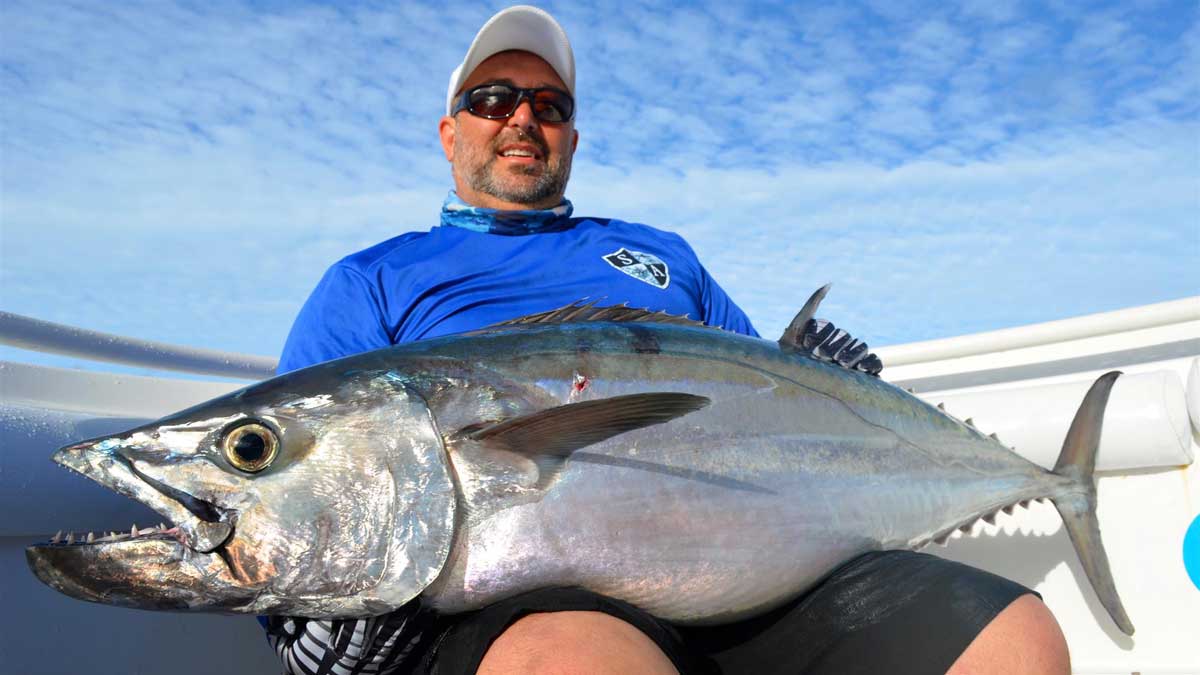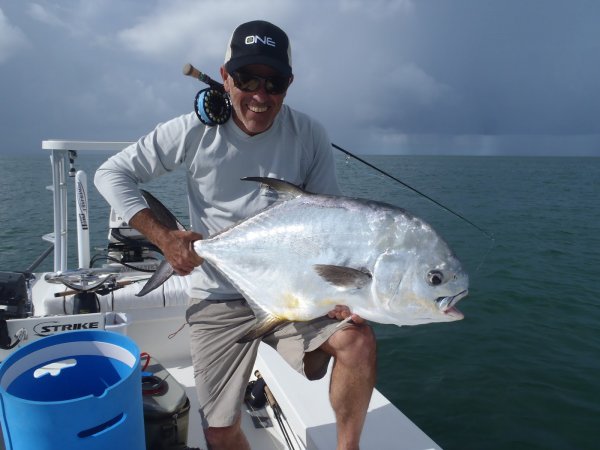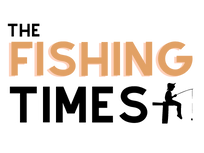Whether you fish in freshwater or saltwater, catching gamefish can be a challenging pursuit. The speed and manoeuvrability exhibited by many gamefish make it difficult to land them on a hook or lure.
However, that doesn’t mean every angler is out of luck. If you know where to look, you’ll find that there are plenty of gamefish that don’t prove to be too difficult to land. That said, let’s take a look at the six hardest gamefish to land listed below:

TUNA — THE KING OF HARD FISHING
Tuna is undoubtedly one of the most in-demand gamefish in the world. With a reputation for being one of the most difficult species to land, it’s no wonder why so many are after them. But, if you’re ready to ditch the misconceptions, then you need to stop by your local tackle shop and get some serious gear.
And, be prepared when you’re heading out on the water; tuna are notorious for being elusive and can be very hard to find. However, when you do get a chance to land a tuna, the experience is truly memorable. Tuna is an ambush predator and will often lie in wait at the mouth of a river or channel.
Therefore, it’s important to find and enter into those channels early in the morning or late in the afternoon. Once in the channel, use your trolling or spinning gear to slowly work your way up the channel. Once you get to the head of the channel, turn toward the mouth and slowly work your way back to the dock. This method of trolling or spinning slowly allows the tuna to become accustomed to your presence without spooking it.
Once a tuna is in the edge of the rod and line, it’s time to reel it in. However, don’t be fooled into thinking that you’ve landed a trout. Most tuna are much heavier than trout and will have a different “feel” to the weight on the reel. Once you have the tuna on the line, don’t let the line get remotely slack. However, don’t be scared to let the rod, reel and line get a bit “shaken up” as this will often spook the fish and get you some distance. Once you have the fish hooked, maintain tension on the line and don’t be afraid to let the rod and reel spool a little bit to scare the fish. Once you’ve got the tuna on the boat, it’s time to get ready to land the monster.

GEESE — THE ROYALTY OF HARD FISHING
Geese are among the most elusive gamefish in North America. Because of their flying nature and habit of spawning overwater, they’re very difficult to find. Once you do find a goose, it will likely have a partner of the same sex. Therefore, you’ll have to try and find another goose to land your fish. However, once you do, the landing experience is truly memorable.
Geese are ambush predators and make for some of the most challenging games to land. However, once you’ve got your gear in place, it’s likely that the fish will jump out at you. Therefore, you’ll have to be ready for it. As with tuna, slow trolling or slow spinning down a channel before entering the water will help to get you into the right position. Once in the water, slowly work your way up the channel, keeping the shoreline in sight. Once you reach the head of the channel, slowly turn toward the mouth and work your way slowly back to the dock.
This method of trolling or spinning slowly allows the goose to become accustomed to your presence without spooking it. Once a goose is at the edge of the rod and line, it’s time to reel it in. However, don’t be fooled into thinking that you’ve landed a trout. Geese are much larger than trout and will have a different “feel” to the weight on the reel.
Once you have the goose on the line, don’t let the line get remotely slack. However, don’t be scared to let the rod, reel and line get a bit “shaken up” as this will often spook the fish and get you some distance. Once you have the fish hooked, maintain tension on the line and don’t be afraid to let the rod and reel spool a little bit to scare the fish. Once you’ve got the goose on the boat, it’s time to get ready to land the monster.

COONAN — A PERFECT QUESTION
Coonan is found in the eastern Pacific Ocean and is one of the most challenging gamefish to land. But, their reputation as the “king of hard fishing” may have a bit to do with their location. Coonan is found in the open ocean, which typically means that they don’t have a large food supply. However, Coonan is also known for not feeding at all during the summer. Therefore, they’re forced to stay in the deep, cold waters of the Pacific Ocean, which makes them all that much tougher to land. Coonan is ambush predators and will lie in wait at the mouth of a channel or river.
Therefore, it’s important to find and enter into those channels early in the morning or late in the afternoon. Once in the channel, use your trolling or spinning gear to slowly work your way up the channel. Once you get to the head of the channel, turn toward the mouth and slowly work your way back to the dock. This method of trolling or spinning slowly allows the Coonan to become accustomed to your presence without spooking it. Once a Coonan is in the edge of the rod and line, it’s time to reel it in.
However, don’t be fooled into thinking that you’ve landed a trout. Coonan is much larger than trout and will have a different “feel” to the weight on the reel. Once you have the Coonan on the line, don’t let the line get remotely slack. However, don’t be scared to let the rod, reel and line get a bit “shaken up” as this will often spook the fish and get you some distance.
Once you have the fish hooked, maintain tension on the line and don’t be afraid to let the rod and reel spool a little bit to scare the fish. Once you’ve got the Coonan on the boat, it’s time to get ready to land the monster.
GROUPER — WHERE IS THE BITE?
Grouper is commonly found in the Gulf of Mexico, the Indian Ocean and the western Atlantic Ocean. But, due to their range and dangerous combination of speed, power and a slippery texture, they’re among the most difficult gamefish to land.
Grouper is known to be elusive and will often lie in wait at the mouth of a channel or river. Therefore, it’s important to find and enter into those channels early in the morning or late in the afternoon. Once in the channel, use your trolling or spinning gear to slowly work your way up the channel.
Once you get to the head of the channel, turn toward the mouth and slowly work your way back to the dock. This method of trolling or spinning slowly allows the grouper to become accustomed to your presence without spooking it.
Once a grouper is in the edge of the rod and line, it’s time to reel it in. However, don’t be fooled into thinking that you’ve landed a trout. Grouper is much larger than trout and will have a different “feel” to the weight on the reel. Once you have the grouper on the line, don’t let the line get remotely slack.
However, don’t be scared to let the rod, reel and line get a bit “shaken up” as this will often spook the fish and get you some distance. Once you have the fish hooked, maintain tension on the line and don’t be afraid to let the rod and reel spool a little bit to scare the fish.










